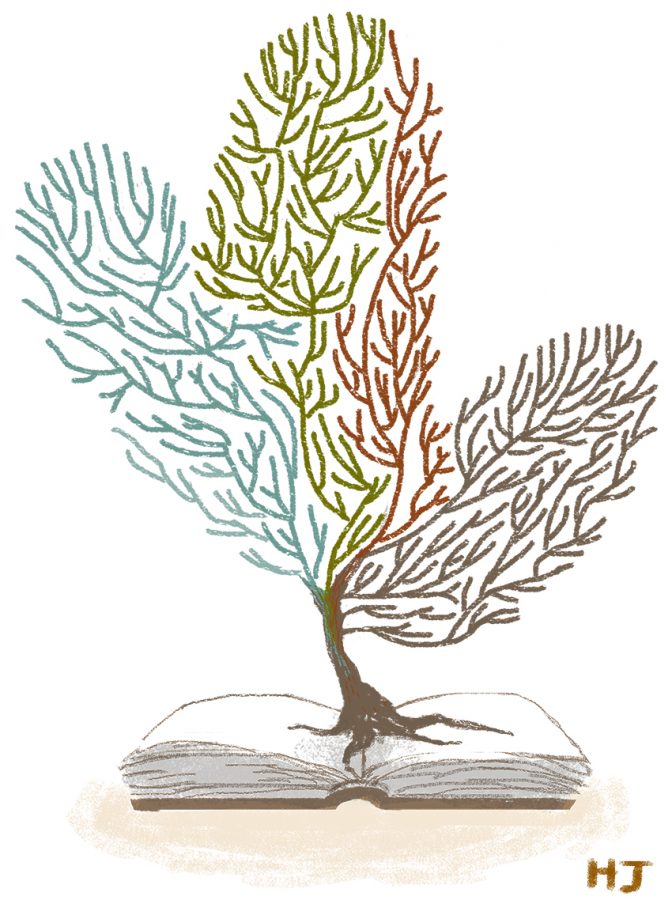Computers can read between the lines of classical literature in a way humans cannot.
Humanities researchers, computer scientists and biologists from UT Austin and collaborating institutions have developed a new method, named quantitative criticism, for studying the relationships between classic Latin and Greek texts and the cultural evolution of literature. The researchers published their findings in Proceedings of the National Academy of Sciences on April 3.
Works of literature often contain references to or imitations of previous works. Researchers call these relationships between texts “intertextuality.” This study used computers, literary criticism and big data to study subtle differences in rhythm, sound and sentence structure in a variety of literary works.
“Quantitative criticism will look to most people, rightly, as a development of the digital humanities, which is the application of computation to enable humanities scholars to pose new questions using the power of computation,” said Pramit Chaudhuri, associate professor of classics and co-corresponding author of the study. “People have been using computation to identify meaningful relationships between texts in ways that are more sophisticated than just hitting ‘CTRL-F.’”
When trying to figure out who wrote a piece of text, classicists often use stylometry, which is the study of variations in writing style. Researchers in the study wanted to repurpose this same technique to answer literary questions, such as what makes one work distinct from others.
Researchers focused on two separate case studies: the works of Roman playwright Seneca and of the Roman historian Livy. They looked at how eight works that appeared to be written by Seneca were related to each other and how three works not written by him were different from the others. The study found that Seneca’s plays had subtle stylistic differences from those not written by him.
For the second case study, researchers used machine learning, a form of artificial intelligence, to study how Livy incorporates the works of previous Latin authors, most of which have not survived, into his works. The lack of reference texts makes it difficult to determine whether Livy was quoting, paraphrasing, imitating or referring to a previous writer, but researchers found that certain passages stood out, warranting further study. Using the same technique, the researchers also found that Latin prose shifted stylistically around the time of Caesar’s writings.
“There’s a growing appreciation that cultural artifacts and institutions can evolve much the same way that biological organisms can, and many of the techniques developed for studying biological evolution can be profitably deployed to studying cultural evolution,” said Joseph Dexter, PhD candidate in systems biology at Harvard University and first author of the study. “There’s been some really nice progress in extending this work to linguistic evolution, but there’s been less work on moving beyond the dynamics of how individual words or phrases of syntactic construction change over time to more integrated consideration of the evolution of literature.”
Chaudhuri said the study was unique in that people from an exceptional variety of backgrounds and fields worked on it, including a high school student, undergraduates and professors as well as people with expertise in topics from theoretical physics to classics. The study also focuses on different literary features than other studies.
“Most studies of literary evolution focus on features like words or subject matter, but we show how subverbal or nonverbal features, as well as sentence structure, play a role in the development of literature,” Chaudhuri said.
The project comes out of the Quantitative Criticism Lab co-founded by Dexter and Chaudhuri and received funding from the National Endowment for the Humanities, a Digital Innovation Fellowship from the American Council of Learned Societies and the New Directions Fellowship from the Andrew W. Mellon Foundation.















